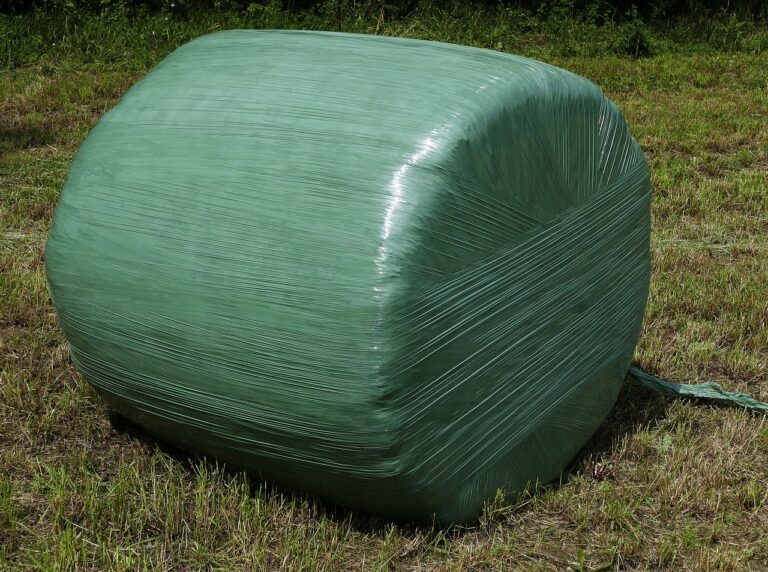A new study led by the Finnish Meteorological Institute (FMI) has demonstrated how shallow, drained peatland cultivated for grass silage becomes a source of carbon dioxide and nitrous oxide.
The study found that emissions were triggered by various weather events and different agricultural practices, and that nitrous oxide emissions were twice as high during a warm winter than during a cold winter.
For the first time, the researchers continuously measured nitrous oxide (N₂O) emissions with the Eddy Covariance technique from a drained peatland cultivated for grass. Carbon dioxide (CO₂) exchange between the atmosphere and the vegetation and soil was also measured simultaneously.
CO₂ emissions contributed most to the annual greenhouse gas budget but the share of N₂O emissions was also significant (12%). Nitrous oxide is a strong and long-lived greenhouse gas. Globally, agricultural fields are the most significant anthropogenic source of N₂O, and especially, fertilization increases those emissions. Draining, tilling and fertilization increases the decomposition of peat, and therefore, more CO₂ and N₂O are released into the atmosphere.
The study took place in North Ostrobothnia in Ruukki, on the NorPeat Research Platform with controlled subsurface drainage, from November 2019 to December 2021. The study covered two full years, both of which fresh fodder was harvested from the field. The peat thickness of the studied area varied between 15cm and 30cm.
Soil thawing and freezing increases N₂O emissions
The study investigated how different weather conditions and agricultural practices affected the greenhouse gas balance of a shallow-drained peatland. Results showed that soil thawing-freezing, fertilization, precipitation and glyphosate application triggered high N₂O emissions.
During the warm winter, N₂O emissions were twice as high as in the colder winter due to multiple freezing-thawing events. These events are known to enhance the microbial activity of N₂O-forming microbes and to liberate gas previously produced and stored in the soil.
Despite multiple emission peaks, the mean annual N₂O emission was lower than the emission factor used in the Finnish national greenhouse gas inventory for this kind of land use. The field was a clear source of CO₂ in both study years, and CO₂ annual emissions were more in line with the national inventory emission factor.
To read the complete study published the journal of Agricultural and Forest Meteorology, click here.



